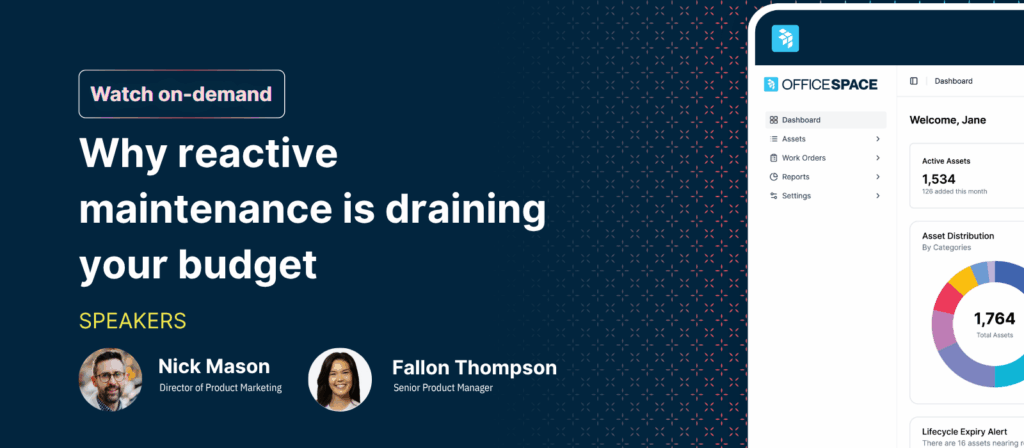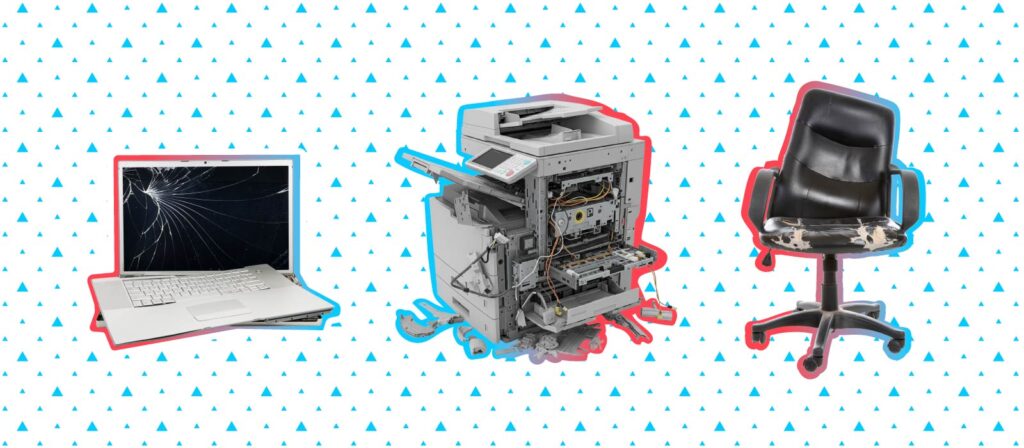
Office upgrades are an important yet challenging consideration. A successful upgrade can hold major benefits in employee engagement, cost savings, space utility and overall productivity. While justifying office upgrades can be an uphill battle for many facility managers, there are ways to convince other stakeholders that there are tangible returns on major office investments. Here are some ways to make a business case for an office upgrade.
Measure and analyze
An upgrade’s business case must carry measurable benefits. Any intangible benefit—for example, changing the office’s aesthetics—should be tied to a tangible outcome, such as improved staff engagement. Facility managers should use as much data as possible when formulating an upgrade pitch—request, inventory and visual management systems have valuable information that can track how office changes affect employee performance. By using fact-driven arguments for office upgrades, FMs can better implement changes that will improve employee satisfaction and productivity.
Test when possible

Pilot testing a potential upgrade can be helpful when shaping a strong business case. A relatively small test can provide contextualized information about how an office upgrade will benefit the office. It can also unveil any challenges or issues that may have been missed. This is a good opportunity for managers to gather feedback and support from key stakeholders if the change is deemed beneficial. It’s important to test ideas in a rigorous way—poorly constructed tests are going to yield unreliable results which can ultimately hurt the company and the workplace. If performing a test is not feasible, using case studies of similar upgrades may also be helpful.
Link to business goals
An office upgrade needs to account for the specific goals of key stakeholders and departments. A CFO, for example, may be against an expensive office rebrand, while the CEO may be focused on improving culture on the team. Facility managers should consider a wide breadth of benefits as well.
Space utility, productivity, wellness, cost savings, client perception and recruiting potential are just a few avenues managers should explore when measuring workplace impact.
For example, if you’re suggesting a new office design trend, you should be able to articulate how and why this will improve the specific goals of key members on your team, whether the reason is expressing core office values or implementing a hot desk system to better accommodate flexible office hours.
Choose the right medium

Strong data and arguments are a necessity for creating effective business cases, but facility managers should also consider how this information is presented. Complex ideas like building renovations or moves to new buildings will benefit from strong visuals instead of verbose descriptions. Using space management software, you can easily view potential floorplans and use robust data and analytics to back up your business case.
Before you can change your office layout, jump on a new design trend or upgrade to a new building altogether, you should be prepared to make a strong business case for your upgrade. Facility managers that can link upgrades to specific business goals and back up their arguments with employee and competitor data are likelier to succeed.
Learn more about how OfficeSpace software can help you to track important data and make a business case for office upgrades.
Photos: Shutterstock / Monkey Business Images, Shutterstock / Pressmaster, Shutterstock / Popartic.



